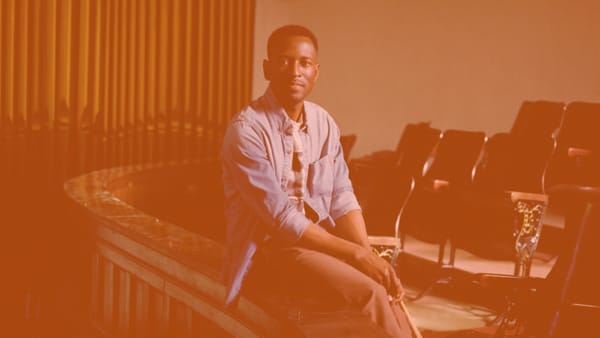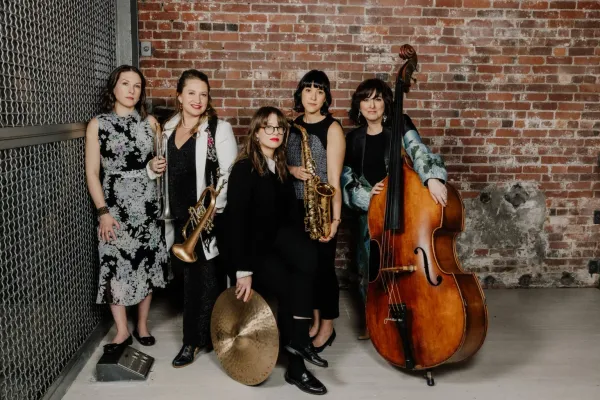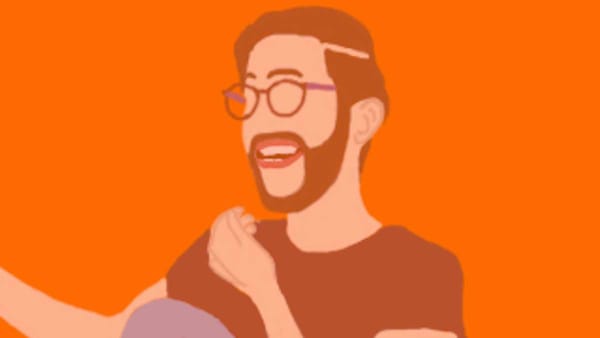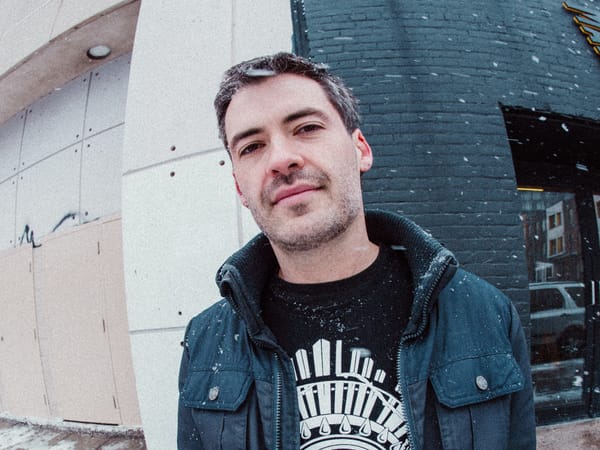The 2024 Vancouver International Jazz Festival: a rewind
Here’s my attempt to share the wonderful experience I had as a fan of forward-thinking music
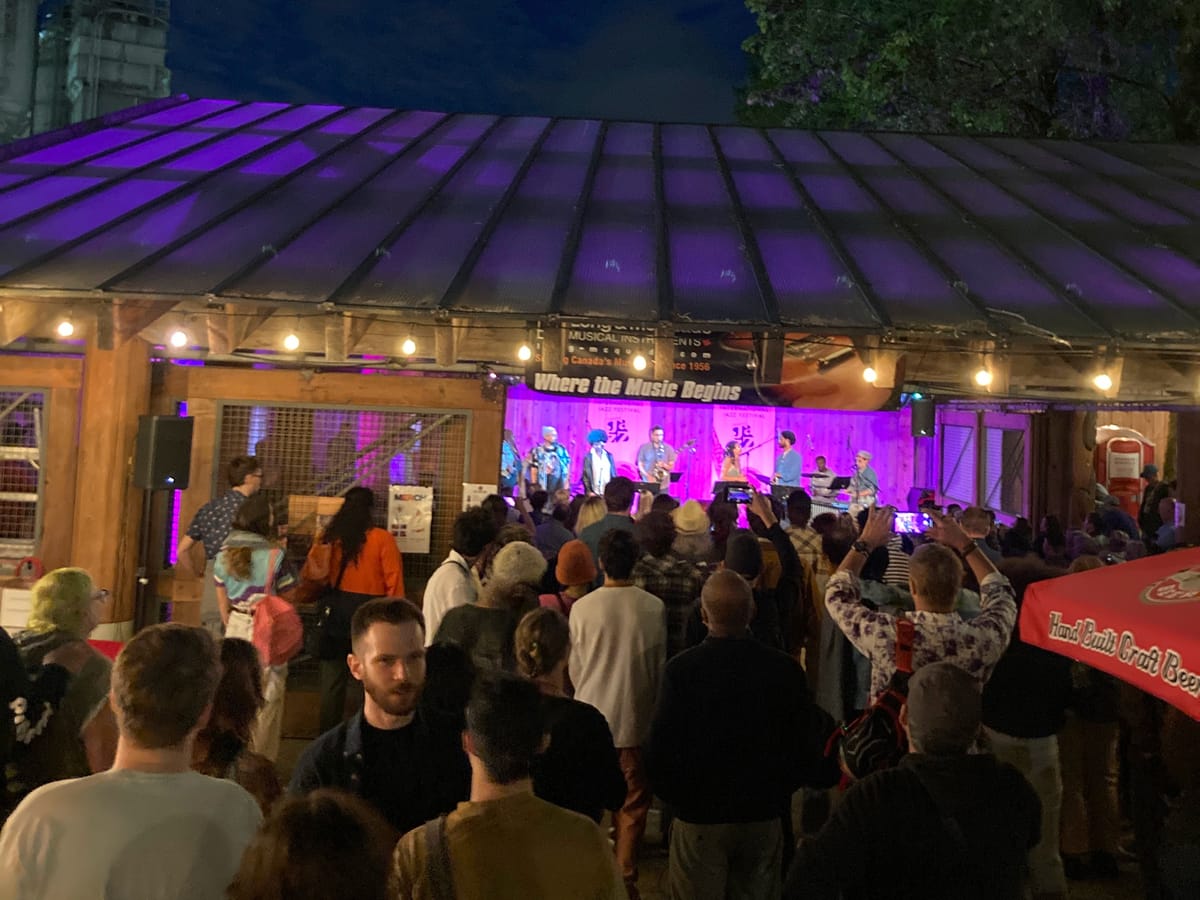
In 2024, it’s easy for one to have some type of opinion about the Vancouver International Jazz Festival’s unique position within the North American festival circuit. While the festival has, through the years, manifested out of the relationship between Coastal Jazz, loyal donors, and big-business sponsors (most recently TD), it is currently keeping the momentum going without that supposedly-crucial main sponsorship. I heard concerns about this development from all sorts of people. Admittedly, I even wondered about its ramifications myself.
Sure, the festival is a bit of a smaller affair now; but considering what there is capacity for, I have a hard time thinking of a way the festival could have been done better with the current resources. What keeps the festival at this level is the simple strength of its curation. It’s all packed into just over one week, but the consistent quality of every show this year leaves really no room for any serious "jazz fan" to gripe, in my opinion.
There's also something cool about no longer seeing a major bank’s logo on crude display behind every single stage. Maybe it's just me, but although the money allowed more to be done with the festival, the absence of a big-bank sponsor makes the festival feel like something borne of a greater level of integrity.
This article is my attempt to share the wonderful experience I had as a fan of forward-thinking music throughout the 10 days of 2024’s Vancouver International Jazz Festival.
The first show I caught featured the band Sumac, with Moor Mother opening: a total outlier, the type of festival placement that surely had many – if not the majority – of the folks in our jazz scene scratching their heads and talking about what is suitable for inclusion at a "jazz festival". The inclusion of a band like this in a jazz festival as opposed to, say, a metal music festival brings the artist into a venue that you wouldn't expect, with an opener who complements their vibe and ethos but doesn’t sit within the same genre. It‘s an unlikely pairing more because of how tough it is to market than because of actual artistic incompatibility.
As far as I’m concerned, there‘s a lot more value in jazz festivals providing space for experimental, outsider artists who don't fit into more commercialized music festivals than there is in tailoring the festival’s curation strictly around the supposed genre of focus. It’s 2024: let’s embrace a post-genre world.
Sumac’s performance was easily one of the best experiences I’ve had at a metal show. Being so close to the stage that I heard the on-stage amp and drum sounds certainly helped. Fortune Sound Club is known for its outstanding sound system, and this particular show was so enriched by it. Every note the band played hit me with overwhelming weight and impact, and the instrumental balance and EQ couldn't have been better. Sumac are one of the rare bands in extreme music doing genuinely innovative things, namely their free improvisational excursions and droning sound exploration. They're pulling them off with flair and conviction.
Moor Mother set a cutting and unapologetically bleak tone in her duet set with Keir Neuringer, who is among her bandmates in the group Irreversible Entanglements. They mixed spoken-word material with atmospheric electronics, keeping free improvisation as a constant element.
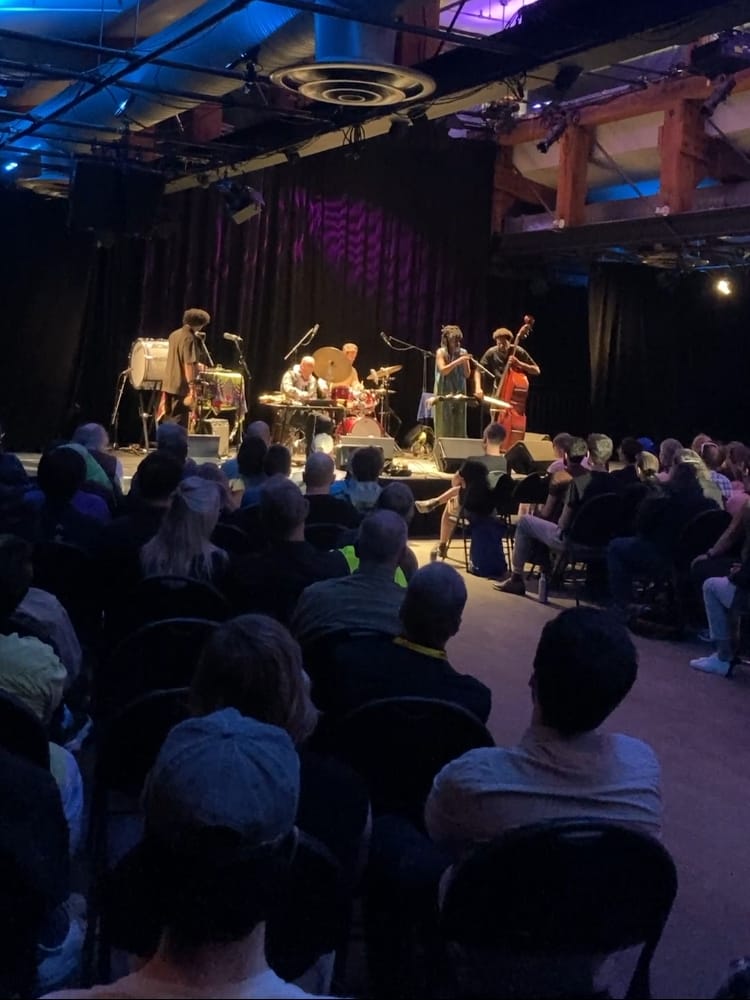
For me the festival highlight was without a doubt Irreversible Entanglements, who delivered one of the most bold and arresting sets I’ve ever had the privilege of seeing.
Musically, the band has a distinctly laser-focused, confrontational style that they maintain and develop across a vast dynamic range. Funky, forward-thinking grooves which incorporate Afro-Cuban and West African Afrobeat idioms are juxtaposed seamlessly against completely free playing. Tastefully-timed effects pedals and synths complement the acoustic instrumentation. The flow of their set was almost completely uninterrupted, with one pause which came only after an hour and fifteen minutes of fiery playing.
The spoken-word poetry delivered by Camae Ayewa, also known as Moor Mother, is the iconic aspect of Irreversible Entanglements. Her delivery of the words, amid a deep musicality and blend with the rest of the band, is stunning. She made her entrance to the set with the refrain, "What is happening?" followed by a gutting commentary on the state of the tragically large and growing unhoused population in our city, among other issues.
This later moment, however, was my favorite part of the performance. This transcription from memory may not be 100% complete or correctly ordered, but I do remember these lines strongly. They stuck with me:
It don’t mean a thing if it ain't got - the blues
The problem with the jazz here is
It doesn’t mean anything
It doesn’t mean anything
It don’t mean a thing if it ain’t got that swing…
If it ain't got:
African voices, Indigenous voices, unhoused voices,
The voice of the people, revolutionary voices…
It doesn’t mean anything
That’s… the problem
If it ain’t got that swing
It doesn’t mean anything
The above excerpt unfolded over the course of about three minutes. Moor Mother's sense of space and timing is patient, loose, and fractured, which gives the band room to build tension and to respond to each line with intimately dialed-in chemistry and drama.
This show left an impression on me and my friends that stuck with us for days. If Charles Mingus, Max Roach, and other similarly outspoken legends of this music were still with us, I have no doubt they would be proud of the art that Irreversible Entanglements is creating.
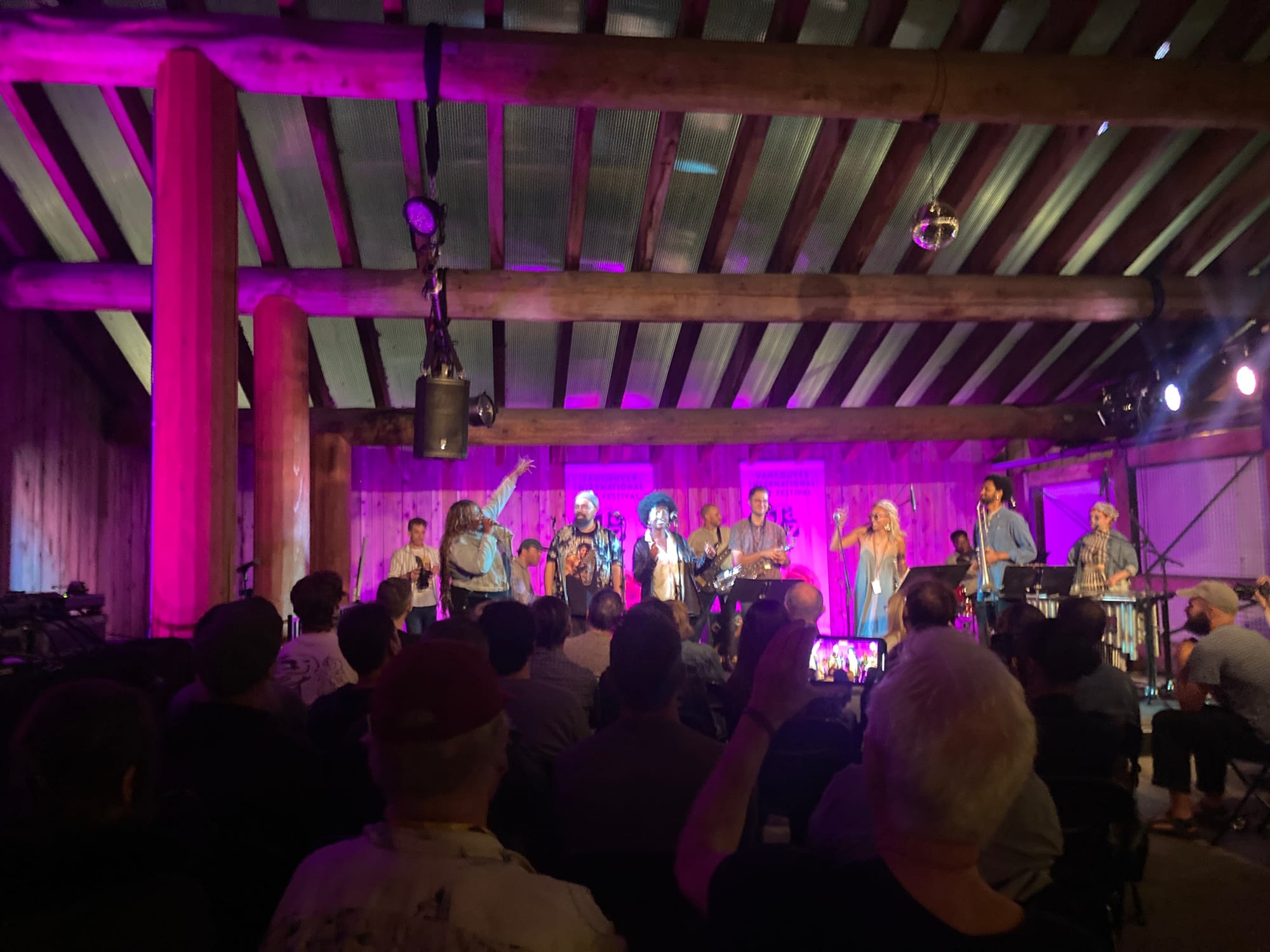
Feven Kidane’s set later that evening was a joy for me to check out. I certainly have my biases: Feven is a great friend of mine, and I've played several of the pieces that she presented that night. Despite this familiarity, I felt genuine excitement by the show; the chemistry and vision of her sextet made for a moving and dynamic performance. She closed out the show with a lively version of Roy Ayers’ "Vibrations" featuring a stellar cast of guests: Seattle-based Gabriel Teodros and Francesca Eluhu, plus our own Missy D and Cordelia Donovan.
Seeing so many peers and dedicated Vancouver jazz fans all in one place to hear Feven was a testament to the underlying feeling I have about these festivals, which is that the most important role they play is fostering connections between people to celebrate music in community.
Despite the busyness of life throughout the festival week, I made a point to take advantage of my artist pass and check out segments of many shows throughout the week. I was consistently intrigued, entertained and satisfied by what I saw.
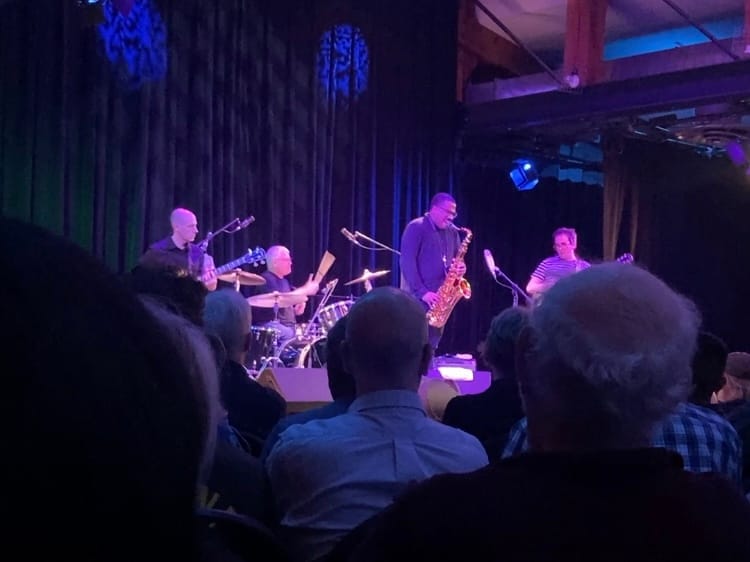
When I got to Performance Works on the first Sunday, James Brandon Lewis and the Messthetics were mid-set, tearing the roof off the place. The biggest difference that I noticed in the live incarnation of this group, versus their very good recent debut album, was the sheer expansiveness of their sound. The bass and drum grooves with their less-is-more direct catchy-ness, the reverb-drenched guitar, and Lewis’ towering tenor presence have an entirely different impact when filling up a large room such as Performance Works.
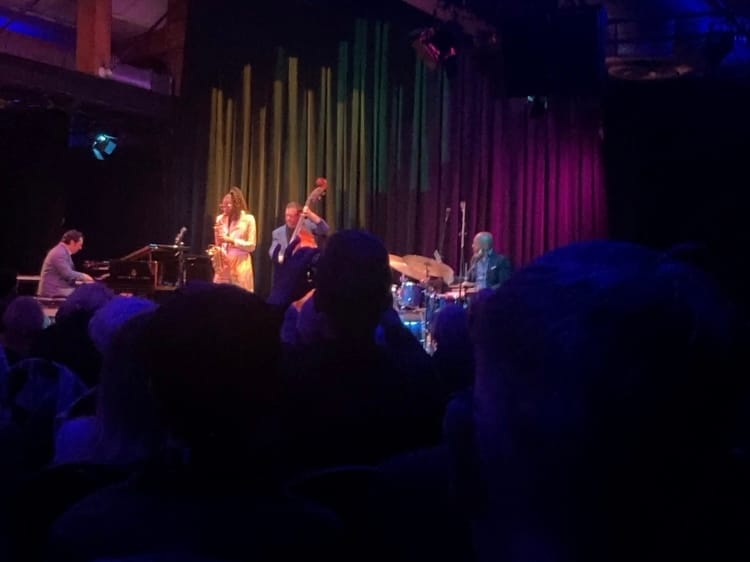
A few days later, Lakecia Benjamin demonstrated that you can, in fact, play searching, spiritually-driven post-bop material and simultaneously bring a high degree of personable audience engagement and downright rockstar energy to the music. Vancouver musicians, take note – myself included.
Ches Smith and We All Break meshed together Haitian traditional music and the contemporary avant-garde jazz of typical of artists such as band member Tim Berne. I found myself immersed in the grooves that this band held down.
On the second Saturday of the festival – June 29th – I took my turn on the performer's side, playing as part of Chris Gestrin's tribute to legendary organist Shirley Scott. What a joy that was. It reinforced the sentiment I had felt during Feven Kidane’s show about the weight our local community carries in making this festival worthwhile. The hospitality was lovely, I had a wonderfully smooth soundcheck: the drums were in great shape, the monitor mix was working well, and we had plenty of time for the band to rehearse. I had a relaxed warm-up in the green room with a bit of drink and snacks to set a vibe. During the gig, the stage sound was incredible. Having the drums directly beside the organ’s Leslie speaker is about as good it gets for a drummer seeking the clearest possible bass sound to lock-in with.
The outpouring of support and enthusiasm from the audience was spectacular and made me appreciate the inherent value of seasonal arts festivals: they provide a sense of larger cultural spectacle which reaches much further than the small percentage of people living here who are tuned into the local music scene. We amassed a vibrant congregation of folks of all ages coming from all around the city to give some adventurous music a shot. You rarely get this particular vibe from our consistent local programming, and it’s a special, heartwarming thing. As an artist, it's important to utilize this moment as an opportunity invite new fans tune into the wonderful year-round offerings of live music we have.
By the time the final Sunday came around, I can’t lie: I was fatigued by the almost-daily Granville Island trips. But, well into the evening, I was able muster the energy to head over one last time for some of the heaviest sets on the festival program.
My first stop was Pasquale Grasso, who was well into dazzling a packed Ocean Artworks. Any remotely tapped-in bebop fan will be quick to sing the praises of this guitar master. His technical virtuosity and inconceivably smooth approach to harmonic phrasing in standard repertoire brings to mind the piano wizardry of legends such as Art Tatum and Bud Powell, just as much as any guitarist I can think of. It is always nice to see local and semi-expat music icons – in this case, bassist André Lachance and drummer Andrew Millar – in a different light while playing with visiting talent. They shared a great sense of swing and musical compatibility, which was remarkable considering they had little time to warm up and play together before hand. I was fully captivated in the short time I was outside the full venue, listening in.
Considering I started my jazzfest with a non-jazz show, what could be more fitting than to end it at an almost-as-equally non-jazz show? My festival finale was the exceptional, distinctive Baltimore band Horse Lords. The band has spent over a decade setting a high bar for experimental and instrumental rock, bringing plenty of surprises without slacking on a sublime level of taste or the entrancement of their sound, influenced in equal parts by minimalist composers, post-punk and avant-garde jazz.
To me, one of the most noteworthy aspects of their performance was that they provided such a strong reminder of the value of a rock show in a more intimate-sized venue: the Granville Island Revue Stage. There's no substitute to being in such close proximity to the onstage amplifiers and drums. Horse Lords' energy came through so well, as did every detail of their wildly vibrant, hypnotic and occasionally jarring sound. This is a band that truly is more than the sum of its parts.
After watching the show, a friend and I debated about who we felt was a standout member of the band in terms of their playing, when ultimately it became obvious that in Horse Lords, no individual does anything to disrupt the the unfaltering and intricately assembled grooves. They create one fully fleshed-out sound as a band, and it is phenomenal.
After this week of music, my ears were full, and my mind became rich with inspiration. Keep in mind that I only made it to a small fraction of everything that took place. I’ve loved chatting and sharing thoughts with folks who saw different shows from me. The experience as a whole has ignited a stronger drive to go out and catch more local live music all around town.
Cheers to Coastal Jazz for defying tough circumstances and putting together a tightly curated 10 days of live music! I'm excited to see what’s in store for 2025.

